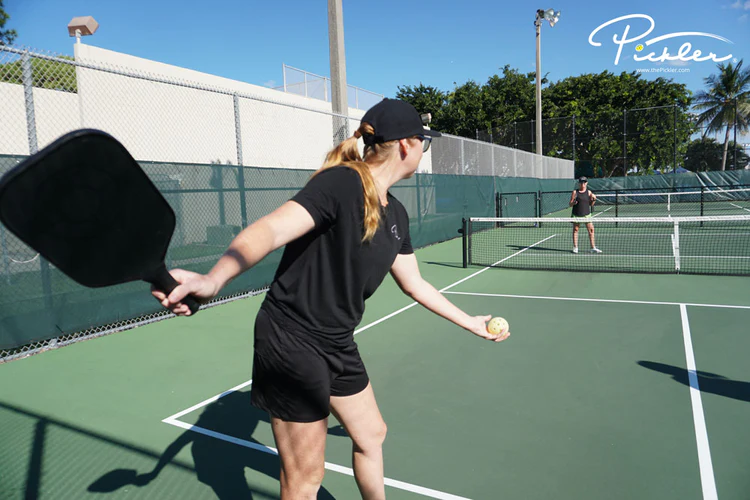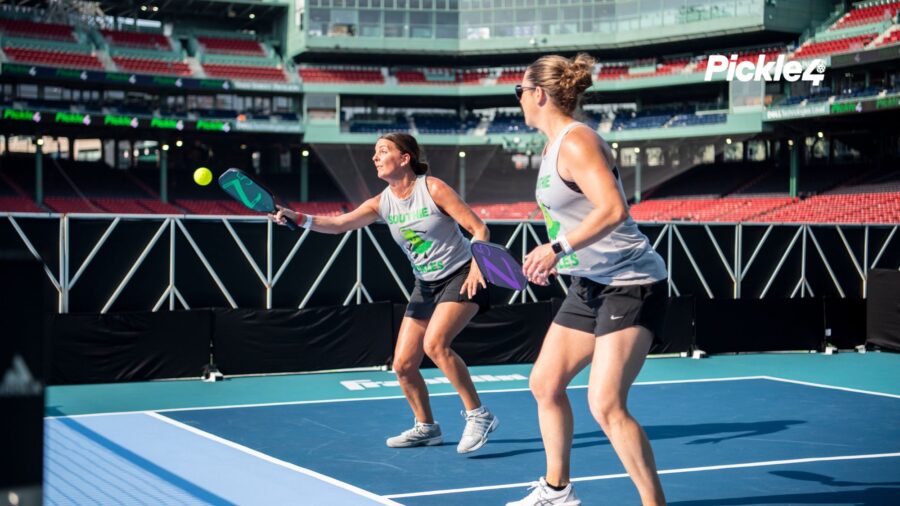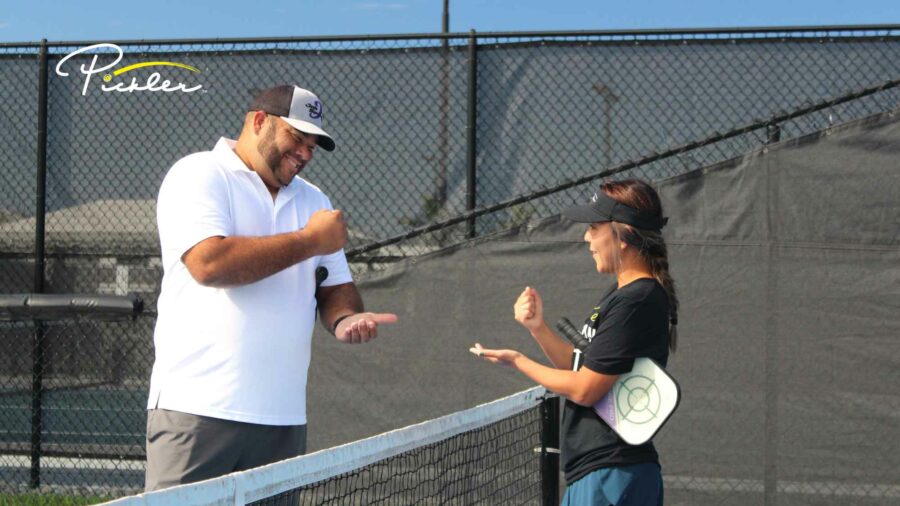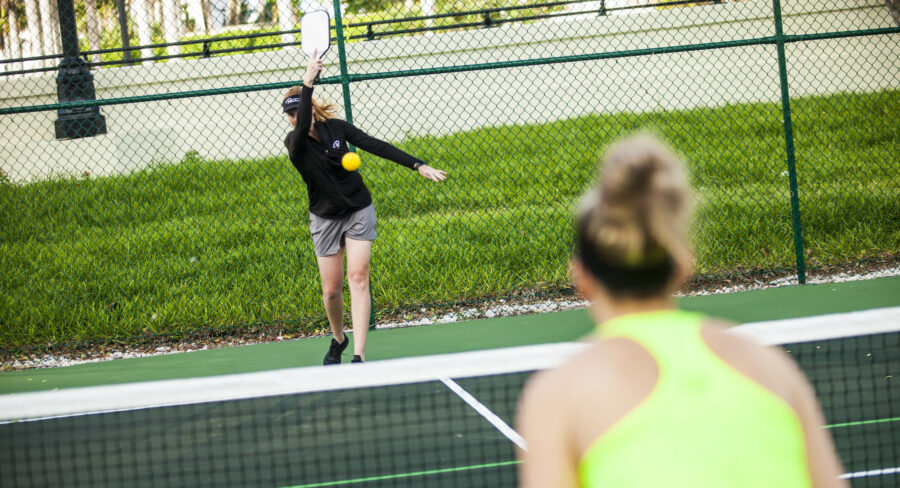At times, there can be disputes on the pickleball court and, oftentimes, these disputes center around the rules of pickleball—for instance, someone is unaware of a rule or players disagree on how to interpret or apply a rule. One common dispute is on the legality of a pickleball player’s serve—in particular, whether a swing path—like a “sidearm serve”—was illegal or not.
In pickleball, a sidearm serve refers to a serving technique where the server swings his or her pickleball paddle in a horizontal or sidearm motion (as opposed to a more vertical motion of down to up). This motion pushes the boundaries of the pickleball serving rules and can be difficult to enforce in real time, as the serving motion can happen very quickly.
The official rules of pickleball, as established by the USA Pickleball Association, set forth certain rules that need to be followed for a pickleball serve to be considered legal. These rules include requirements for the swing path and point of contact on your serve. Speaking in general terms (among certain other requirements (e.g., upward arc for the volley serve)):
- Traditional Volley Serve – This serve (where you toss and hit the pickleball without it bouncing on the court surface) must be hit (1) below your waist (in other words, your belly button); and (2) with the highest point of your paddle head being below the highest part of your wrist (which is the point on your wrist where your joint bends).
- Drop Serve – This serve (where you drop the pickleball and hit it after bouncing on the court surface) does not have the restrictions described above for the traditional volley serve.
These pickleball rules do not directly address what may be known as a “sidearm serve.” A sidearm serve is not expressly prohibited, as the words “sidearm serve” do not appear in the rulebook. However, the official rules of pickleball have defined a clear point where a serve is illegal and may be unofficially deemed a “sidearm serve.” This point is measured by two data points at the point of contact on a traditional volley serve:
- Is your point of contact below your waist?
- Is the highest point of your paddle head below the highest part of your wrist?

If the answer is “no” to either of these questions, then you may have hit what some recreational pickleball players call a “sidearm serve” and committed a fault on the pickleball court. And, to note, a “sidearm serve” is legal on a drop serve, as these two data points are not applicable to a drop serve. There are no rules as to the swing path and point of contact on a drop serve.
These pickleball rules restricting the “sidearm serve” (and for that matter, any overhead serve) are important because a “sidearm serve” comes with advantages. A sidearm serve is typically used by pickleball players who prefer a flatter trajectory or want to generate more power or more spin on their serve. By utilizing a sidearm motion, players can generate paddle head speed, add spin to the ball, and create unique trajectories and serve placement, making it more challenging for the receiving player to anticipate and return the pickleball.
Regardless of the forum—recreational play, open play, competitive play, etc.—it is important to abide by the rules of the game, so that everyone is on the same playing level, you create good habits, and you avoid any controversies on the pickleball court. Again, while there is not direct rule outlawing “sidearm serves,” the “sidearm serve” is indirectly restricted, as you must either (1) adhere to the basic rules for a volley serve of striking the pickleball below the waist, with your paddle head below your wrist; or (2) execute a drop serve.



